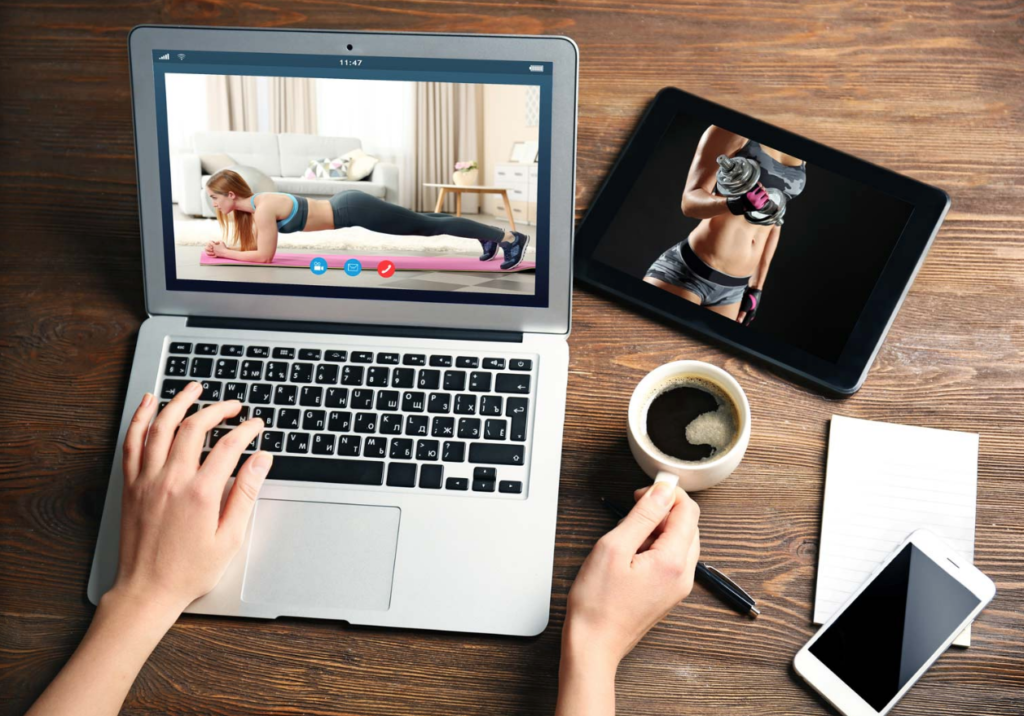
If you’re looking to be a personal trainer, certification will give you the necessary skills. The concept of studying to be a personal trainer, though, can be quite challenging for some. It requires dedication and enthusiasm to get the most out of your course, and it is, therefore, crucial to be fully prepared for what’s in store.
Choosing a Course Provider
First and foremost, choosing the organisation that best suits your needs will set you on the right path. You’d be hard-pressed to find any two organisations that teach in the same way, as every personal trainer brings his or her own unique style and experience to the table. Moreover, teaching methods vary greatly from city to city.
Fit Education in Brisbane, as an example, was founded by Steve Nance, who worked with the likes of the World Cup-winning Wallabies, and has worked as the performance consultant for the Brisbane Broncos. It’s up to you who you decide to train with, but depending on which direction you plan to take, you should choose carefully.
Course Materials
Each certifying organisation will provide you with its own course materials to help you pass your assessments. You may be given, or be required to purchase, a number of text books, online study guides, example tests, and access to lectures. It’s important to investigate the certifying organisations’ websites for more information on the various course expectations and required materials.
Check out Fit Education’s online platform.
Practical Exams
Your exams will feature a practical segment. It’s probably a good idea to practice on some friends or family members first, measuring their flexibility, body fat, and anything else you expect to be on the test.
Learning Strategies
There are a number of methods you can use to better retain information. For example, you will need to learn anatomy. Perhaps labeling your different body parts will help you to better grasp the human body.
You can also write up definitions and formulas on study cards to help you with memorising them. The benefit of this is that you can take them wherever you go – on the bus, on your lunch break, or with a friend who can quiz you.
Another important part of studying is to get active. Simply by performing certain movements, you can discover which muscles are involved. For example, what muscles get a workout when you kick? What’s happening with your arms during a bench press? Understanding how different exercises affect you is crucial information for a personal trainer.
Obviously, there’s a lot more to it than what we’ve just discussed, but hopefully, these tips provided to you will help you along your way. Remember, theoretical knowledge is a must, but it’s your own individual style, as well as your ability to adapt, that will ultimately determine your success in the industry.
Check out Fit Education graduates ShredEm Fitness:
If you found this article useful, you may also enjoy Personal Training Employment Statistics, or How to Become a PT.
